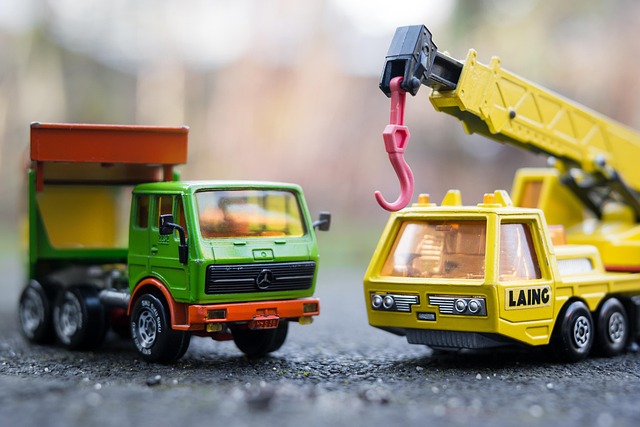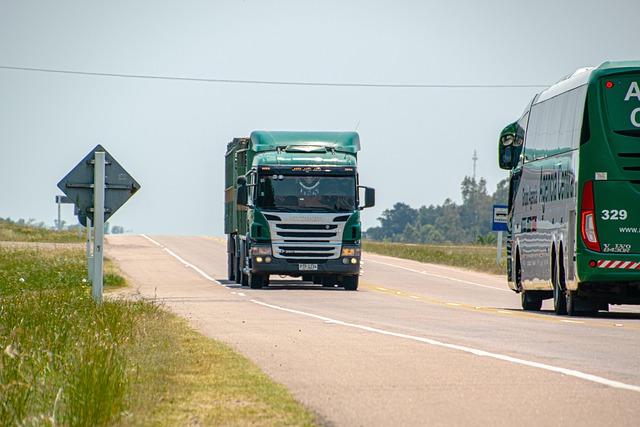Looking to register your car in California? This comprehensive guide will walk you through the process step-by-step. First, understand the eligibility requirements for registration, ensuring your vehicle meets state standards. Next, gather all necessary documents, including proof of ownership and insurance. Perform a DMV VIN verification to ensure authenticity, a crucial step in the process. Complete the registration application, pay the fees, and obtain your license plate – it’s easier than you think!
- Understand Eligibility Requirements for Registration
- Gather Necessary Documents for Car Registration
- Perform DMV Vehicle Identification Number (VIN) Verification
- Complete the Registration Application Process
- Pay Registration Fees and Obtain License Plate
Understand Eligibility Requirements for Registration

Before you begin the registration process, it’s crucial to understand the eligibility requirements set by the California Department of Motor Vehicles (DMV). To register your vehicle, it must meet certain criteria, including being in drivable condition and displaying current insurance. Additionally, the car must undergo a vin inspection or mobile vin verification to ensure its authenticity and identify any potential issues. This process involves checking the Vehicle Identification Number (VIN) against DMV records to confirm ownership and ensure the vehicle complies with safety and emission standards.
A valid vin inspection is typically conducted by an authorized agent or mechanic, who will then provide you with a report detailing the vehicle’s condition. This step is essential for both new and used car owners as it protects buyers from purchasing vehicles with outstanding problems or stolen parts. By ensuring your car meets all eligibility requirements, including successful vin verification, you can streamline the registration process at your local DMV office.
Gather Necessary Documents for Car Registration

Before heading to the DMV for car registration, ensure you have all the required documents. The process typically involves several key steps and pieces of information. First, gather your vehicle’s registration papers from a previous state if applicable, as well as any proof of ownership like a purchase agreement or title certificate. Don’t forget to bring along your driver’s license or state ID card. For out-of-state vehicles, you might need an interstate vehicle registration form and additional documentation regarding any existing registrations or inspections.
Another crucial aspect is completing the DMV’s vin verification process. This involves providing the Vehicle Identification Number (VIN) for your car, which can be located on the vehicle’s certificate of title, insurance policy, or dashboard. For convenience, many people opt for a mobile vin inspection or verification service to streamline this step. By having these documents and details ready, you’ll ensure a smoother registration experience at the DMV.
Perform DMV Vehicle Identification Number (VIN) Verification

After gathering all necessary documents, it’s crucial to perform a DMV Vehicle Identification Number (VIN) Verification. This step is essential for ensuring that your car’s details match the information on record with the California Department of Motor Vehicles (DMV). You can conduct this verification through various methods, including a mobile vin verifier or by scheduling an inspection at a local DMV office.
For convenience, many individuals opt for mobile vin verification services, which allow for on-site inspections and instant results. This approach saves time and effort compared to visiting a DMV branch. Alternatively, you can arrange a vin inspection at the DMV, where a specialist will cross-reference your vehicle’s VIN with their records. Either way, ensuring accurate VIN data is a vital part of the registration process in California.
Complete the Registration Application Process

Once you’ve gathered all the necessary documents, it’s time to complete the registration application process with the California DMV (Department of Motor Vehicles). Start by visiting your nearest DMV office or using their online services for a more convenient experience. You’ll need to fill out a Registration Application form, providing detailed information about your vehicle, including its make, model, year, and unique Vehicle Identification Number (VIN). This VIN is crucial for the DMV vin verification process, ensuring the car’s authenticity and history.
A mobile vin verification or vin inspection can be conducted through approved mobile apps or services, making it easy to verify your vehicle’s information before submitting the form. Ensure all details are accurate to avoid delays in the registration process. The DMV will review your application, cross-referencing the provided data with their records and conducting a thorough DMV vin verification. This step is vital to maintain California’s record-keeping integrity, ensuring only legitimate vehicles are registered on its roads.
Pay Registration Fees and Obtain License Plate

After completing your vehicle’s registration application at the DMV, it’s time to pay the registration fees. These fees vary based on the type of vehicle and its age. You can usually pay online, over the phone, or in person. Once your payment is processed, the DMV will issue a registration certificate and, if applicable, a new license plate.
Before receiving your license plate, you’ll need to undergo a DMV vin verification process, which includes inspecting the vehicle’s unique identifier (VIN). This can be done through a mobile vin verifier or during a physical inspection at a designated location. Ensure your VIN is accurate and matches the data on file to prevent any delays. After successful verification, the DMV will assign you a unique license plate that you’ll need to display on your vehicle for legal driving.
Registering a car in California involves understanding eligibility requirements, gathering essential documents, completing a straightforward application process, and paying associated fees. A crucial step is ensuring accurate DMV vehicle identification number (DMV VIN) verification for a seamless registration experience. Once all necessary steps are accomplished, including successful VIN check, you’ll be on the road with a valid California license plate in no time.
